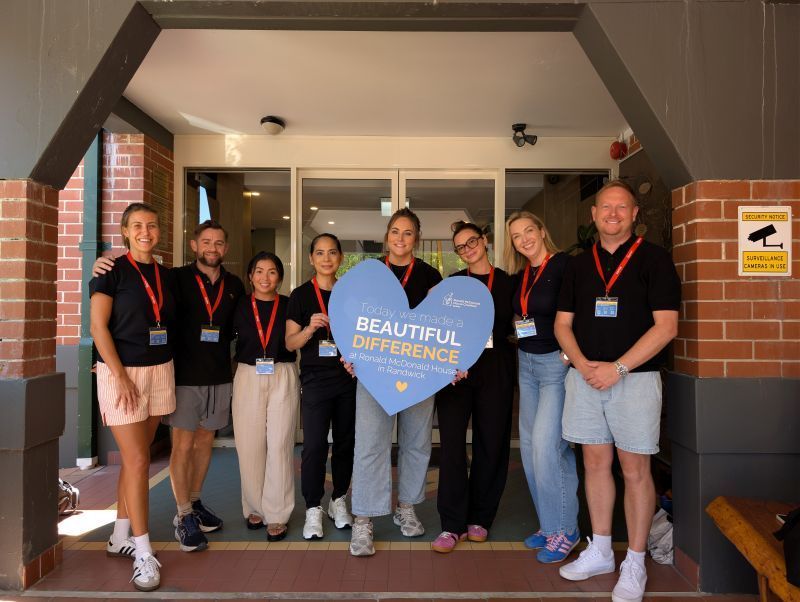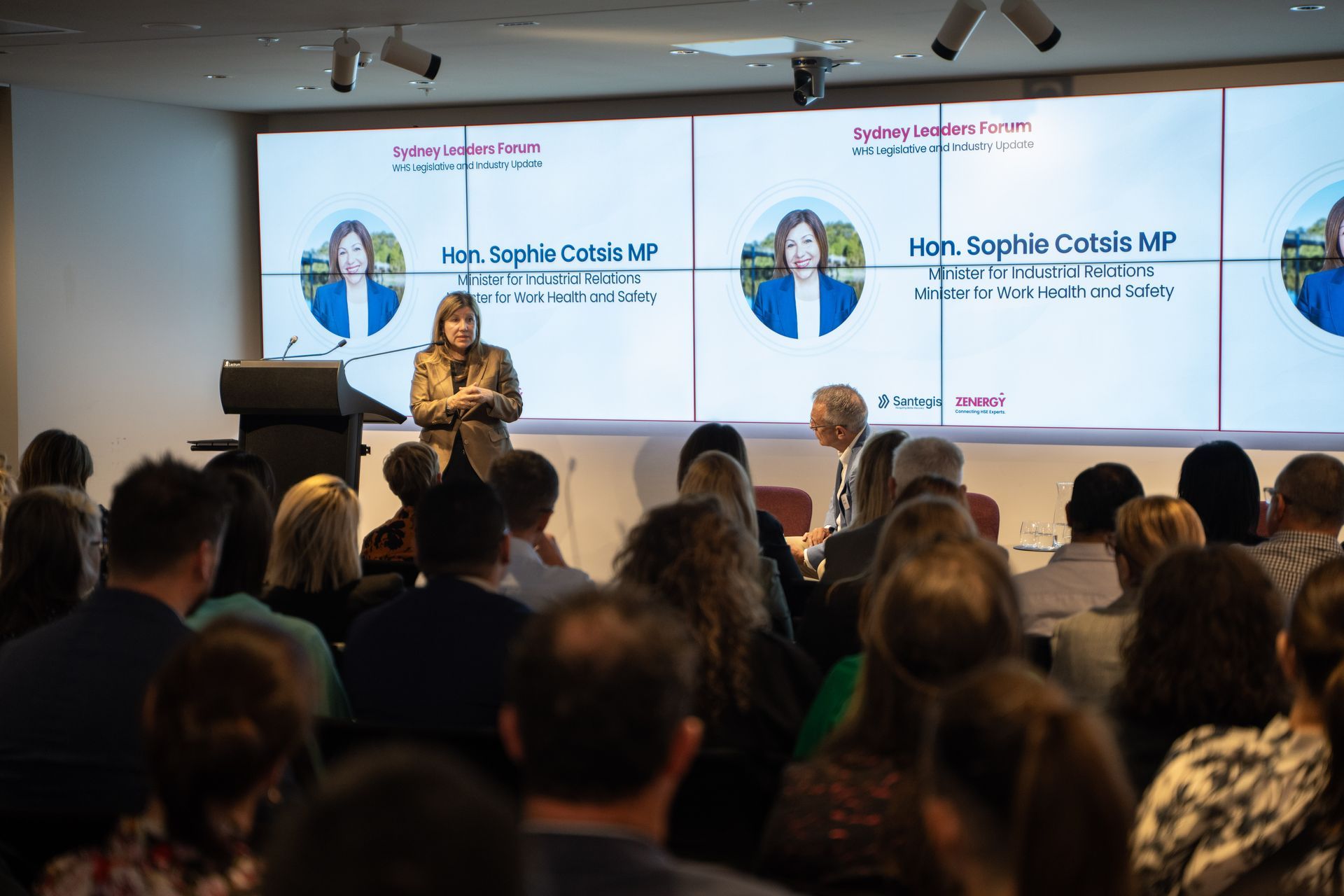New “definition” of “safe system of work” proposed
Preventing psychological harm and facilitating return-to-work (RTW) processes are key components of an effective, integrated “safe system of work”, according to a new definition proposed by two Australian safety experts.
University of NSW senior lecturer of safety and risk management Dr Carlo Caponecchia, and safety specialist Dr Anne Wyatt, say existing definitions confuse “a safe system of work with management practices intended to bring about a safe system”.
They also tend to “conflate the broad system suggested in general duties clauses with procedures or work methods that are focused on particular hazards or tasks”, they say.
In a paper published in journal Safety and Health at Work, Caponecchia and Wyatt say that a safe system of work has often been equated with formal procedures for identifying hazards and devising methods to eliminate or minimise risks.
But procedures and standardised work methods are only some of the elements that help make work safe, and “are at the lower end of the hierarchy of risk controls”.
“Defining a safe system of work as a task procedure is particularly problematic in complex investigations and legal cases, such as those involving psychological injury,” they say.
“Like many workplace incidents, psychological injury cases involve many interacting failures at all levels of a workplace system (for example lack of support, poor supervision, lack of monitoring and poor return-to-work practices). A procedure or set of rules for working will not create a safe system of work in such cases.”
A safe system of work has also been defined by reference to an organisation’s safety management systems that contain its plans, policies and accountabilities to achieve and administrate safety, Caponecchia and Wyatt say.
But while a safe system of work “may emerge from a well-implemented, resourced and comprehensive safety management system… the existence of a safety management system does not necessarily create a safe system of work”, they say.
“Indeed, it is possible for a system of work to be inherently safe without such interventions. Conversely, a poorly designed and poorly implemented occupational health and safety management system may not, for various reasons, adequately render work safe.”
Work design underpins safe systems
Caponecchia and Wyatt’s proposed definition of a safe system of work is a “broad, over-arching safe system of work consistent with general duties under Robens-style legislation”.
That is, a system characterised by an integrated, continually improved set of activities undertaken within a specified work context that together:
• Ensure that work tasks, work environments and processes are designed such that they are unlikely to result in physical or psychological harm to relevant stakeholders;
• Identify and control foreseeable risks to acceptable levels
• Minimise harm when it occurs; and
• Facilitate RTW processes.
“One aspect that sets this proposed definition apart is that it emphasises the importance of work design in achieving a safe system of work,” Caponecchia and Wyatt say.
“This focuses occupational health and safety activities on proactive, preventative strategies rather than less effective risk control strategies after problems have already emerged,” they say.
They say their model is also more comprehensive in the way it addresses psychological harm, and note many businesses still aren’t aware that psychological health needs to be included in their safety management systems.
Similarly, the management of injured workers’ RTW is another area requiring more attention in wider WHS practices, they add.
“Following injury, regardless of temporary or permanent impairment, people must be returned to safe systems of work,” Caponecchia and Wyatt say.
“Data on outcomes for injured workers indicate significant negative experiences for injured workers, and particularly for those with psychological injuries.
“Incorporating the return-to-work system into the wider safe system of work, as this definition does, is a more complete view of the duties to provide safety before injury or illness, during their management, and in rehabilitation, when a worker returns to what might be a different job.”
Defining a “safe system of work”. Carlo Caponecchia and Anne Wyatt, Australia, Safety and Health at Work, online first July 2021, doi: 10.1016/j.shaw.2021.07.001.






